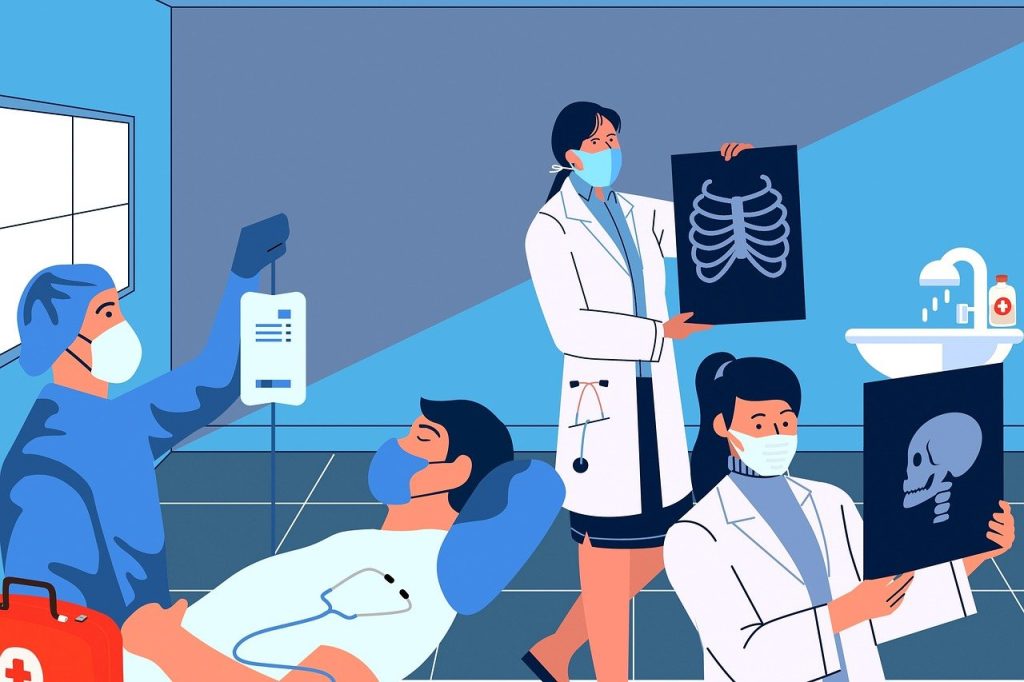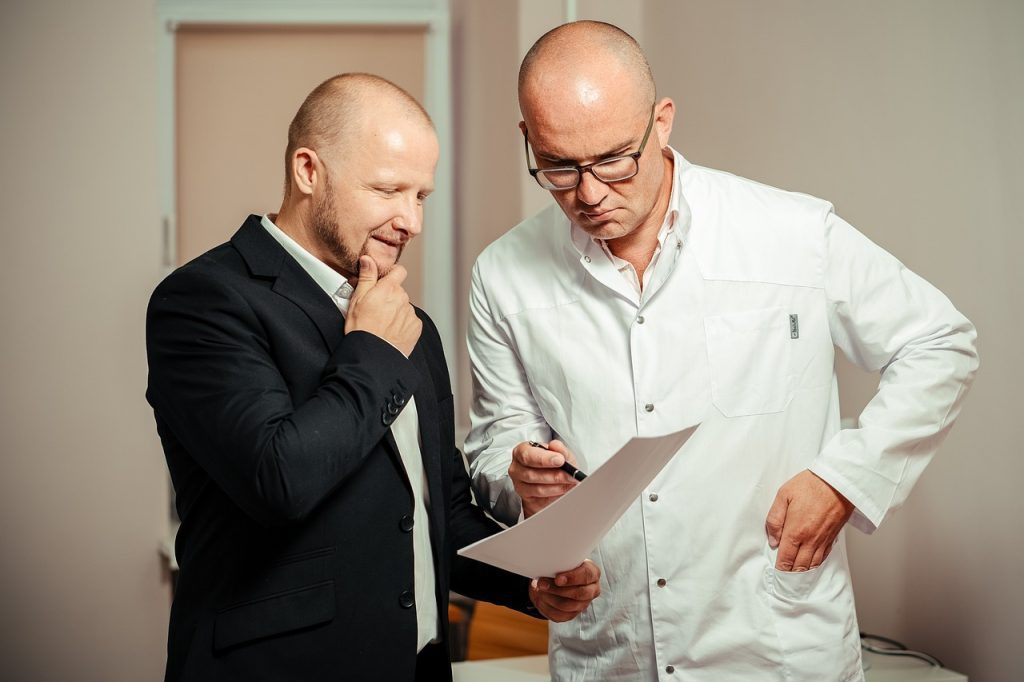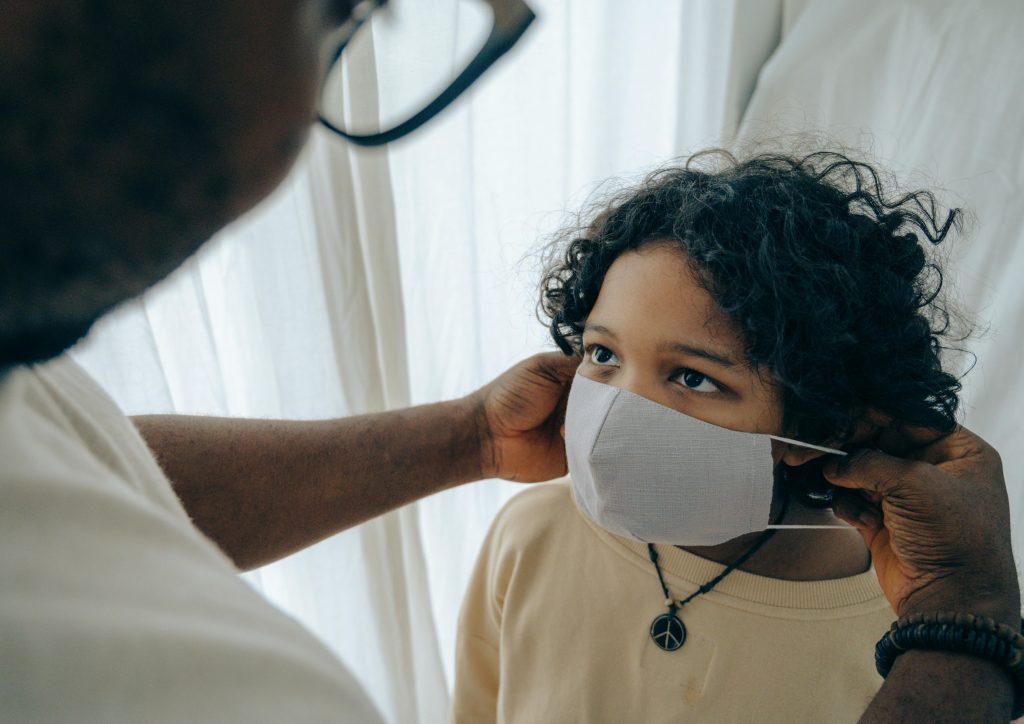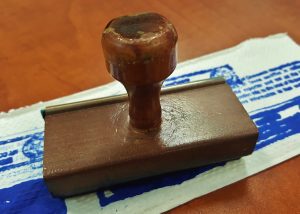
The medical landscape is changing rapidly worldwide, especially in the United States. The health sector needs more bilingual nurses to accommodate a sizeable non-English-speaking portion of the population. These RNs will translate medical terms for patients and explain difficult medical procedures. However, nurses aren’t fit for advanced medical terminology translation, which requires the expertise of experienced translators.
When it comes to medical record translation, the health sector must employ the services of qualified, certified professionals. This task can be adequately undertaken by a linguist with a specialization in medical translation. For example, patients often these documents translated:
- Consent forms
- Prescription labels
- Clinical trial documents
- Family history questionnaires
- Financial responsibility waivers
- Patient rights and responsibilities
- Patient instructions for medical procedures
In this article, you’ll learn why it’s important to translate medical docs, what the best practices for healthcare translation are, and exactly how linguists work their magic on medical records.
Why is it Important to Translate Medical Documents?

Do you know that around 25 million US citizens don’t speak English? An even more significant number don’t have Lingua Franca as their native language. Also, millions of foreigners visit the US, the EU, and other regions for medical tourism. The medical tourism industry is growing by 15% to 25% every year.
You’d be surprised to learn that Thailand tops this list as every medical tourist’s top destination for its cheap healthcare facilities. Keeping these stats in mind, you can imagine why all these tourists rely on factual and accurate medical document translation.
- It saves a patient’s time, and the staff doesn’t have to delay medical attention due to translation problems.
- Accurately translated documents reduce medical mistakes. Non-English-speaking patients won’t be misdiagnosed due to wrong information.
- Translating medication labels is a great way to avoid legal risks by ensuring the proper warnings and precautions are readable for patients of all backgrounds.
- An unprepared translator may miss important details, leading to mistrust in medical research. Experienced translators prevent the loss of funds by restoring stakeholders’ faith in medical science.
- Medical errors are responsible for 250,000+ annual deaths in the US alone. Accurate translation will eliminate this problem and allow healthcare professionals to provide clients with effective, reliable medical services.

Next, you’ll learn a few reasons why it’s never okay to translate a medical file on your own. You may end up translating it wrong by using Google, ChatGPT, or free doc translation services.
Common Errors in Translating Medical Documents
The science of medical translation is very delicate, and even minor errors may cause a significant decline in the quality of the translated work. Just imagine you’ve hired a service for birth certificate translation, and then the translator ends up making a spelling error in the mother’s name.
These errors may at first look insignificant but cause major headaches for the parties involved. Here is a breakdown of some of the most common mistakes in medical rewriting:
- Using the wrong terminology, e.g., using the word stroke in the wrong place
- Grammar or syntax errors, e.g., a misplaced period, comma, or semicolon
- Inconsistency, such as calling the same medicine by different names
- Formatting errors, such as using the wrong font color/size
- Ignoring cultural norms when translating a document
Working with professional translators is the only way to avoid these errors.

Medical Translation Best Practices
Willie Ramirez was an 18-year-old US citizen of Spanish citizen when he was admitted to a hospital in South Florida in 1980. He had fallen into a coma, and the doctor couldn’t understand why. Even though Ramirez spoke English, his mother did not; she described his condition as intoxicado, translated by the staff as a case of drug overdose. Sadly, Ramirez’s mother simply meant her son’s illness stemmed from conditions like flu, allergy, or indigestion. A translation error made Ramirez a quadriplegic!
This shows why accurate translation is essential in healthcare. If you want to translate your patients’ documents accurately, it’s important to remember these best practices:
- Hire the services of professionals who specialize in translating healthcare documents. Imagine if you need adoption translation; who would you hire for this job? Naturally, you’d hire someone whose specialty is translating adoption-related docs. Similarly, healthcare translation requires relevant expertise, and not just any random translator can handle this job.

- Only work with certified translators who can provide a stamp of accuracy for their translated work. For instance, if you need to travel abroad and bring the translated document with you, it will help a lot if there’s a certificate of accuracy attached to the file.
- It’d also help if your translator has enough medical experience and knows healthcare regulations (or jargon). Such a person would be perfect for translating complex terminologies as well as the technical info found in medical documents.
- Please explain the context to the translator when submitting your document. It’d decrease the risk of errors and misinterpretations if the translator knows the background of your document.
- Always review the translated file and ensure it has accurate information. Do back-translation (rewrite it back in the original language) to replace confusing statements.
Hopefully, now you know what kind of linguists would be perfect for this task. In the next section, you’ll learn exactly how a translator rewrites complex records accurately.
A Step-by-Step Process to Translate Medical Docs
You may wonder how professionals translate medical documents without missing a beat. Well, here is a very simplified version of how a professional translator would successfully rewrite your medical doc in another language:

Review the Text
First, the translator will carefully read the whole text to highlight all the unfamiliar terms. It’ll help them understand the task at hand and assess its difficulty level.
The translator also needs some context from you to realize what kind of healthcare translation he’s supposed to do. Also, if they have an audio file to be translated, they will get it transcribed first before undertaking the translation process.
Procure a Medical Dictionary
Next, the translator will use a medical dictionary to create a glossary. Trained translators always prepare a glossary for different branches of medical science.
Start Translating the Document
In the third step, the translator will start working on your document with the help of a dictionary or the medical glossary they have created. After they have understood the text from top or bottom – grasping the gist of what it entails – they confidently start rewriting it.
Review the First Draft
After the translation is done, the next step is to review the file and ensure it doesn’t have any mistakes. Even veteran translators sometimes ask their colleagues to check their work because it’s a matter of life or death; accurate translation of medical records has the potential to save lives.

Add Layers of Validation
Normally, your translator will also give you a translation accuracy certificate, which is enough to validate the translated document. However, you can add an extra layer of legitimacy to the document by notarizing the medical document. A notary public will notarize translated documents without hassle.
This is the simple process credible translators use to convert any medical document into a different language. Let’s see what the future of translation is in the ever-evolving healthcare landscape.
The Future of Translation in Healthcare
The world of healthcare is expanding due to trends like immigration, globalization, medical tourism, and bilingual patients; you can see why there’s a rising need for translation in healthcare. Nurses and doctors need it to communicate with patients.
Patients need it to understand complex healthcare procedures. Let’s review a few more trends impacting the rise of med-translation:

- Artificial Intelligence: Even translation services are using AI and ML to make their translations more accurate. Sophisticated, AI-empowered translation tools will speed up the process and remove room for error.
- Rare Languages: There’s a rising demand for rare language translation. The trend of medical tourism will combine this one in the future. As a result, health services will rely on professionals who specialize in translating languages spoken by small communities.
- Telemedicine: This trend increased after the coronavirus pandemic. A survey shows that it’s now 38 times the size it was before 2020. Telemedicine allows patients to talk to their doctors remotely, and, in the future, they may be able to speak to healthcare professionals in a language of their choice.
The crux of the matter is very simple: hire a certified, credible translator who specializes in translating healthcare documents. Availing their services will speed up medical procedures and prevent medical errors.

Conclusion
Don’t take healthcare translation lightly, and hire credible translators to get the job done right. Contact a linguist expert who specializes in health services and can accurately translate medical terms to deliver the true meaning of the document. To do that, you should do some research to find certified translators.
If you are looking for certified translation services, consider TranslateSwift. At TranslateSwift, fantastic translators can work their magic on your important medical docs in over one hundred languages.
Only work with experienced translators with satisfied customers for correct healthcare translation.
FAQs – Healthcare Translation
Is healthcare translation expensive?
It depends on how long the original document is and how long it’ll take to translate it all. However, the word-count basis can make a translation service costlier because the text in Spanish can be 20 to 30 percent longer than English text (it takes more words to convey the same message).
Who certifies my translated medical doc?
The translator will also give you a translation accuracy certificate. It will serve as a testament that your medical document has been accurately rewritten in a different language.
Is interpretation the same as translation?
No, translation is different from interpretation, which simply means verbally converting and conveying someone’s message in a different language.











